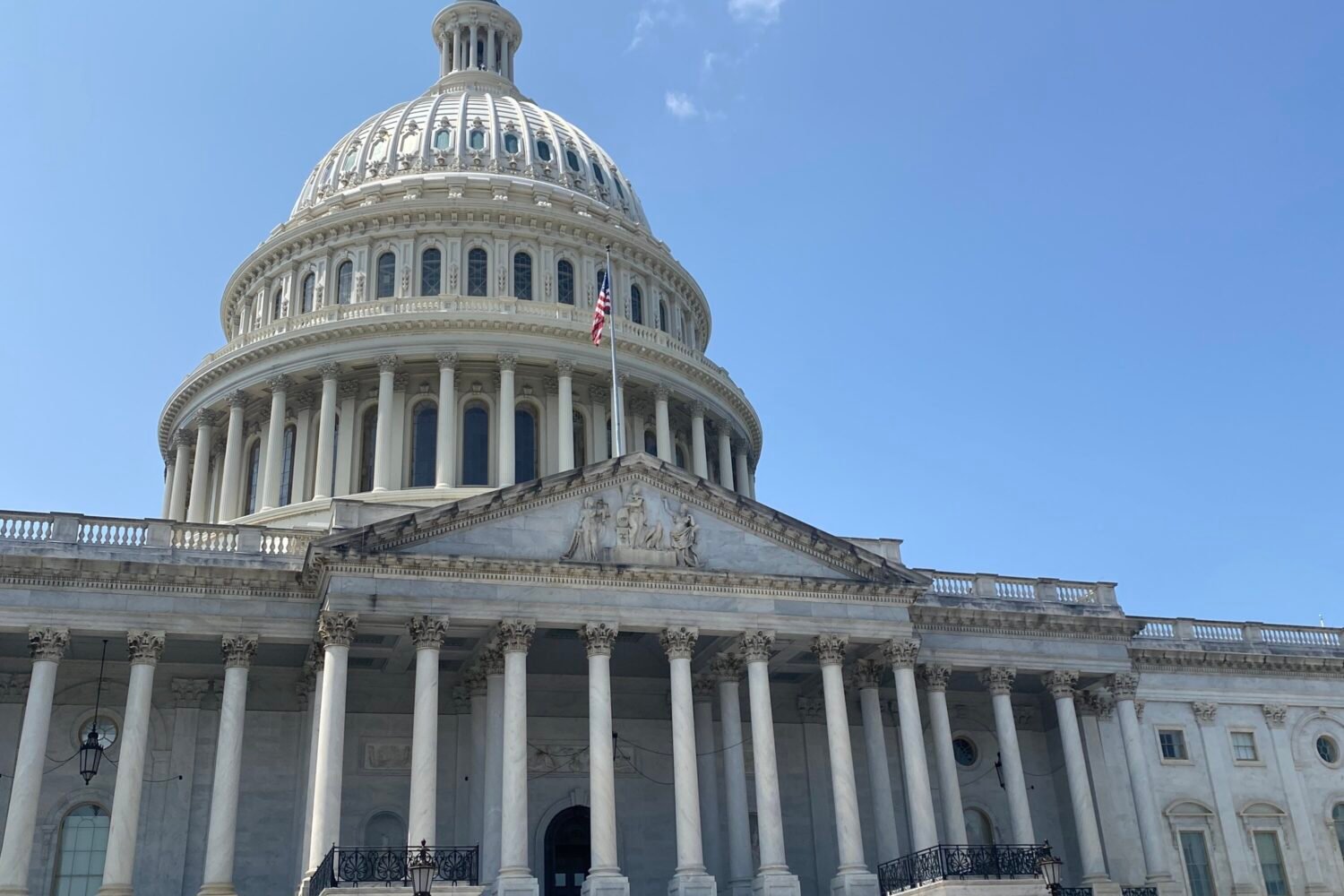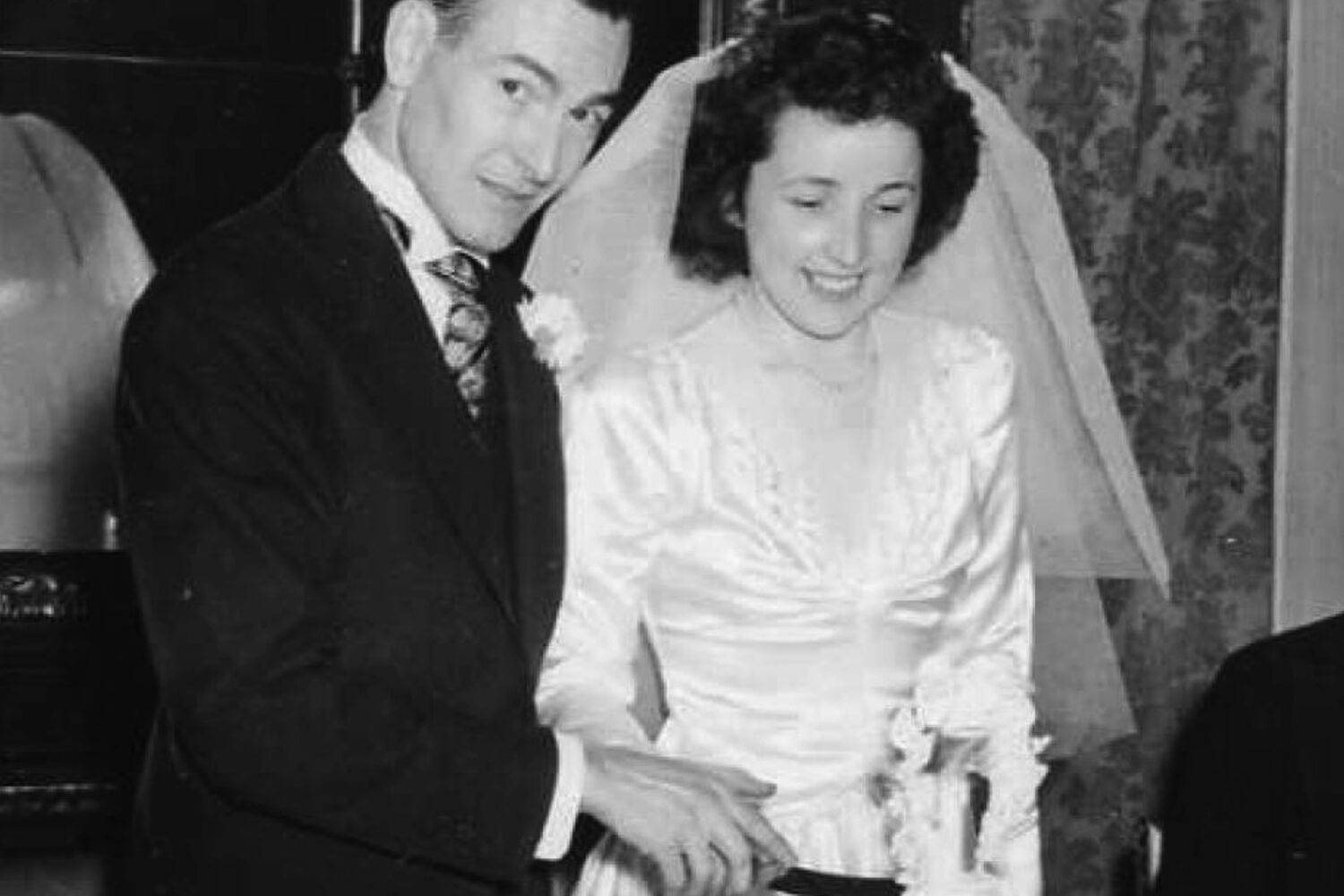I guide the new family from Tajikistan to a classroom, another step on a journey they started months ago, that now brings them to an elementary-school open house on an August afternoon in Arlington.
“We are in the US for one week, just,” says the father—a huge, smiling man—as he waves toward his wife and daughter. “The English not yet, not yet.”
“But you are here,” I respond, “so now it can begin. It can start.” I return his smile, make eye contact with all three.
“Yes,” he says. “Now we start.”
The classroom is packed. We edge past Nogi’s mom, who arrived with him from Mongolia last May, enormously pregnant, and is standing behind her stroller as Nogi’s friends greet the baby. Beside her is Giyath, who immigrated from Pakistan in April and, with daily tutoring, passed the Virginia science SOL—or Standards of Learning—tests in June, earning him a place on the gifted track. This was a goal of mine his first day, when, after a tour of the school, I asked if he had any questions. Most kids don’t. Everything is so new—what else would there be to know? Lunch codes, library checkout, homework folders—those can wait till tomorrow.
But Giyath did have a question: When could he start learning about science? He wanted to be a scientist and to begin studying, now. Giyath’s conversational English was perfect, but he’d missed everything that would be on the SOL, which he needed to pass to be considered for the gifted track in middle school. I knew the gifted label might be significant when he entered high school, so we crammed on rock cycles, molecules, ocean floors. After he passed the fifth-grade test, he asked when he could take the next one.
Also in the room: a gaggle of fourth-grade girls from Ethiopia corralling their younger siblings, hugging old friends, waving to teachers. The mom from Guatemala who’d joined us on a field trip to the public library and was transfixed by the free drop-in ESOL classes, computer use, story time for her toddler—a market square overflowing not with fruits and fabrics but with possibilities and access. Luis, who arrived at age eight without any prior schooling. We started with the ABCs. He’s reading now but remains three grades behind the district’s expectations—yet still, I think, in his new home there’s hope.
A former principal called our school “the world in a Zip code.” We’re located in the middle of the last affordable apartments in an affluent suburb. All the students walk from these complexes, as there are enough units to fill the five grades to capacity. It’s a moment in time. This will change, as housing demands will make it change. I can only focus on now.
Now I will work with Nogi, whose drawings are filled not with the memories of the peaks in his mountainous hometown but with the cars he sees below his new window. I’ll work with Rosa, whose file says the fifth-grader left El Salvador in the spring, spent the summer at a San Antonio holding center, and arrived here by bus in August, alone. And with José, who traveled to Washington to join unknown relatives, a choice his family in Honduras made for his safety. He’s silent—it’s common for some students not to speak for months—though I know he listens.
These kids, these families, come to a nation with so many doors—so many that open, so many that are locked. They stand there, believing, knocking, knowing they must try. Here, in this school, I can show them how to stop waiting for the door to be opened and instead fit their small hand around the knob and give it a turn.
This article appears in the September 2018 issue of Washingtonian.


















